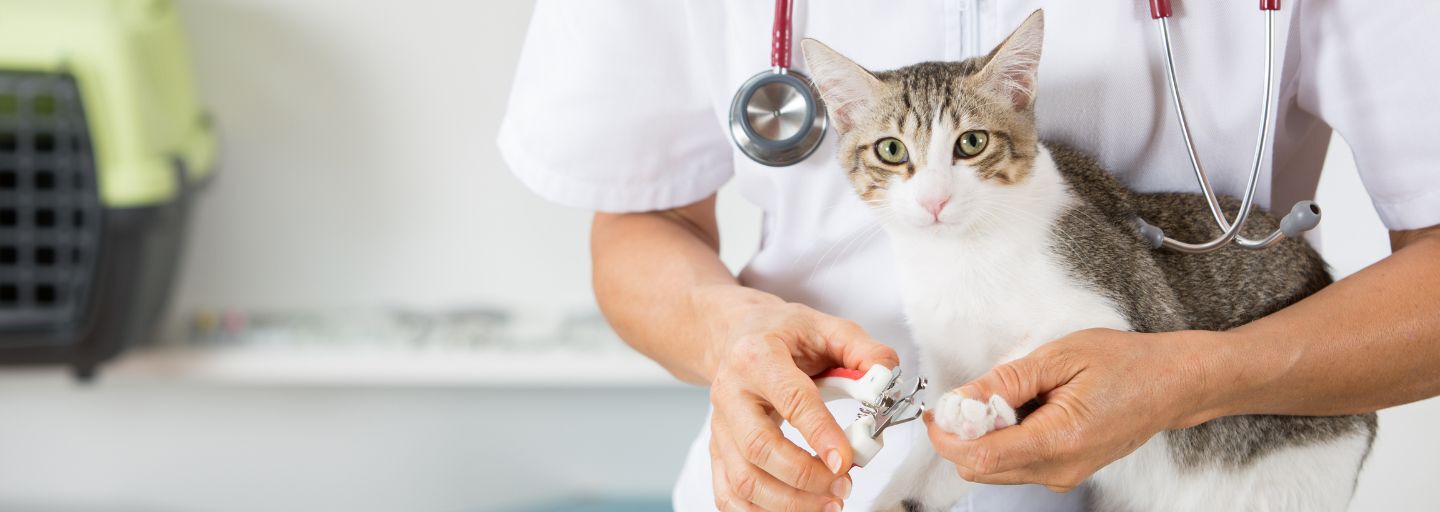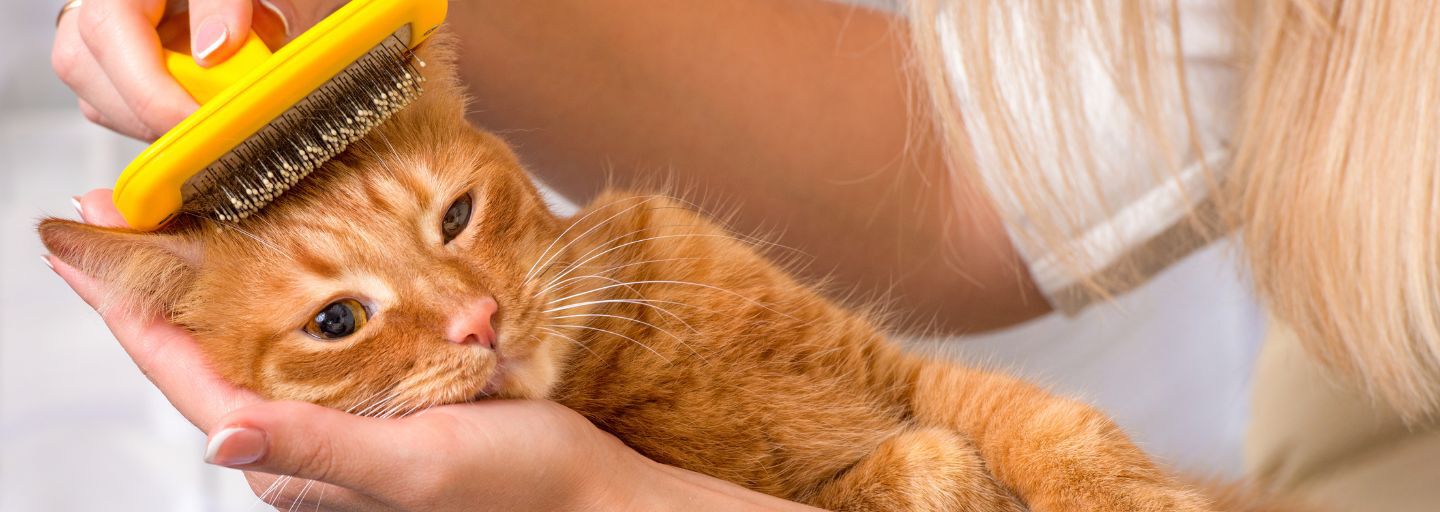Regular nail trimming is an essential aspect of cat grooming and maintenance, particularly for indoor and elderly cats. While outdoor cats may naturally wear down their nails on rough surfaces, indoor cats require regular nail trims to prevent their claws from growing inwards into their pads, which can cause pain, discomfort, and even infection. Here are some detailed steps to help you trim your cat's nails effectively and safely:
Start Early
It is best to introduce your cat to the concept of nail trimming from a young age. Begin by gently handling their paws and applying slight pressure to their toes, mimicking the motion of trimming. Reward your cat with treats and praise to create a positive association with the process.
Use a File for Kittens
For kittens with soft and delicate nails, using a file is a gentle option that is less likely to cause pain or bleeding. Gradually introduce the file to your kitten's nails, allowing them to become familiar with the sensation and sound.
Regularly Check Your Cat's Nails:
Take the time to inspect your cat's nails at least once a week. When your cat is relaxed and resting, their nails should retract and tuck underneath. If you can see the nails protruding, it is a clear indication that they need a trim. Pay extra attention to the back paw nails, as they tend to grow faster.
Choose The Right Tools:
Invest in a pair of high-quality cat claw clippers that are specifically designed for feline nails. Ensure that the clippers are sharp and well-maintained for a clean and precise cut. Dull clippers can cause discomfort and may even splinter the nail.
Trim The Nails
Gently hold your cat's paw between your finger and thumb, applying gentle pressure to unsheathe the claw. Observe the nail closely and identify the transparent tip. Carefully snip off only the transparent portion of the claw, avoiding the pink area known as the quick. Cutting into the quick can cause bleeding and pain. If you are unsure about the proper technique or the location of the quick, it is advisable to consult your veterinarian or a professional groomer for guidance.
Be Prepared for Accidents
Accidents can happen, even with the utmost care. If you accidentally cut the nail too short and it starts to bleed, remain calm. Have silver nitrate sticks and cotton wool balls nearby. Silver nitrate can help stop the bleeding. Apply the silver nitrate to the bleeding nail and gently press with a cotton wool ball for a moment. If the bleeding persists or you are unsure how to handle it, contact your veterinarian for further assistance.
Seek Assistance if Needed
Trimming your cat's nails can be a challenging task, especially if your cat is uncooperative or if you are inexperienced. Consider enlisting the help of a family member or friend to hold your cat securely while you trim their nails safely. This will ensure the process is stress-free for both you and your cat.
Check for Any Issues
While trimming your cat's nails, take the opportunity to examine their paw pads for any cuts, abrasions, or foreign bodies. Also, carefully inspect between the toes for any signs of soreness, redness, or inflammation. If you notice anything unusual or concerning, it is important to contact your veterinarian for a thorough examination and appropriate treatment.



